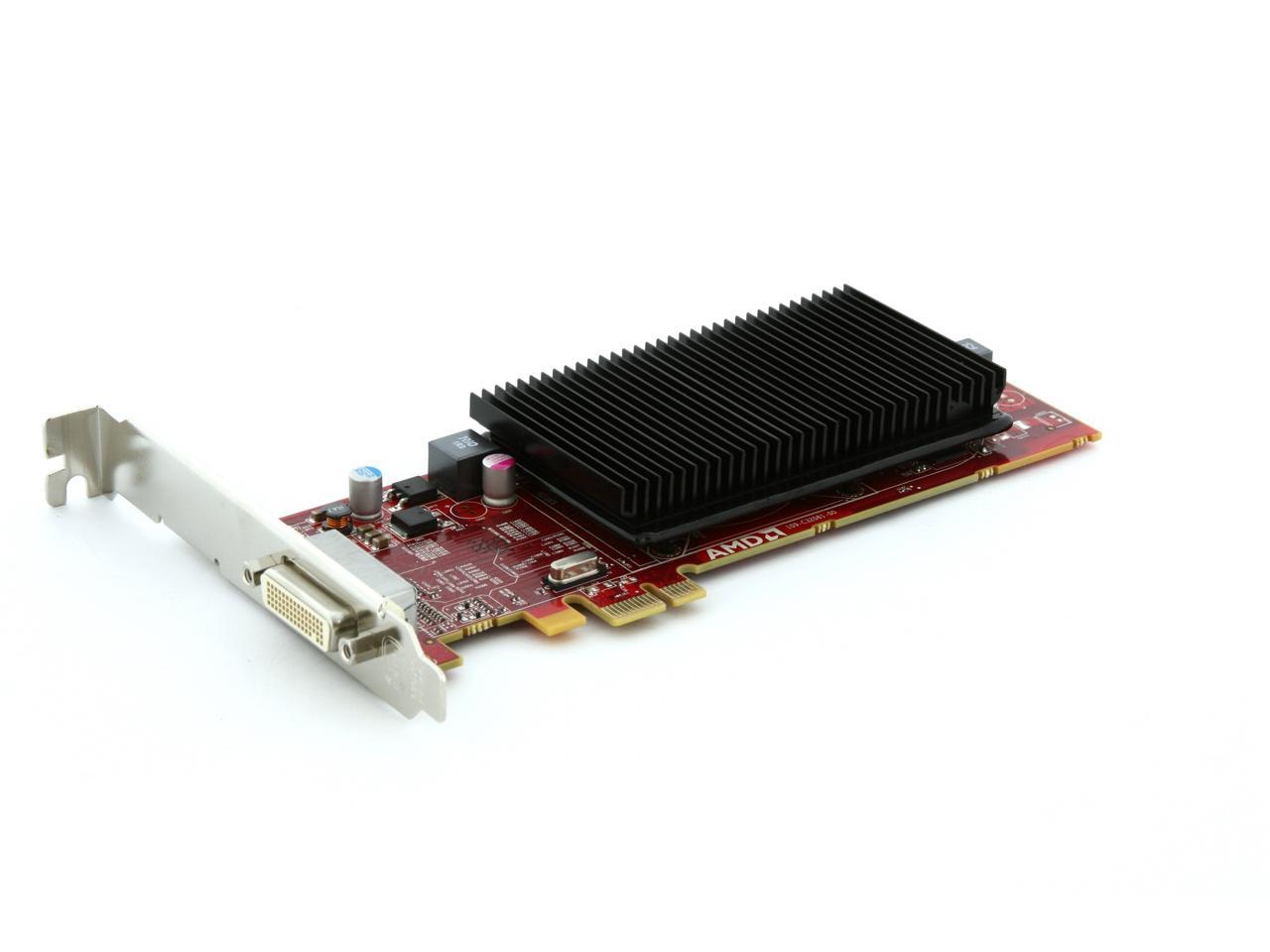

Highlights of the next-generation models include the following, according to AMD: Scheduled for release later this year, the AMD FirePro W2100, W4100, W5100, and W7100 will join the previously released, high-end W8100 and W9100 in the W-Series family. Those models will be joined by the AMD FirePro W2100, AMD FirePro W4100, AMD FirePro W5100, and AMD FirePro W7100, all supported by AMD Graphics Core Next architecture and all designed for CAD, engineering, video, and animation professionals. In June, the company launched the AMD FirePro W9100 and AMD FirePro W8100 graphics cards, which compose the high end of the W-Series line. The new generation of AMD FirePro W-Series models will support the entry-level desktop workstation user to the ultimate power user, offering larger memory configurations and increased compute performance (compared with previous models), as well as support for 4K multidisplay, next-generation application programming interfaces (APIs), and PCIe 3.0 application certifications and "rock-solid drivers," AMD reported.

ADDING A DESKTOP TO AMD FIREPRO W4100 PROFESSIONAL
This trend, along with the growth of digital signage, graphics processing unit (GPU) computing, computer virtualization, and other applications, is fueling demand for more powerful, professional-grade graphics cards that deliver the performance required to support graphics-intensive software.ĪMD, the company behind approximately 16.5% of professional graphics card shipments for Windows and Linux workstations (according to Jon Peddie Research), has announced upcoming additions to its AMD FirePro professional graphics family that amount to a big leap in computing potential for CAD workflows. AMD to Round Out Next Generation of Workstation Graphics Cards 13 Aug, 2014 By: Nancy Spurling Johnson Entry-level and midrange models, scheduled for release later this year, are designed to deliver more memory and increased computing and graphics performance for CAD workflows.ĭesign and engineering firms - today more than ever - are realizing the workflow and bottom-line benefits of 3D CAD and the powerful applications it supports, including reality capture, building information modeling (BIM), design visualization, and simulation and analysis.


 0 kommentar(er)
0 kommentar(er)
